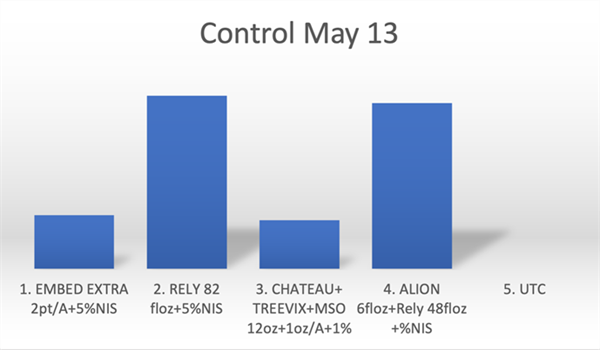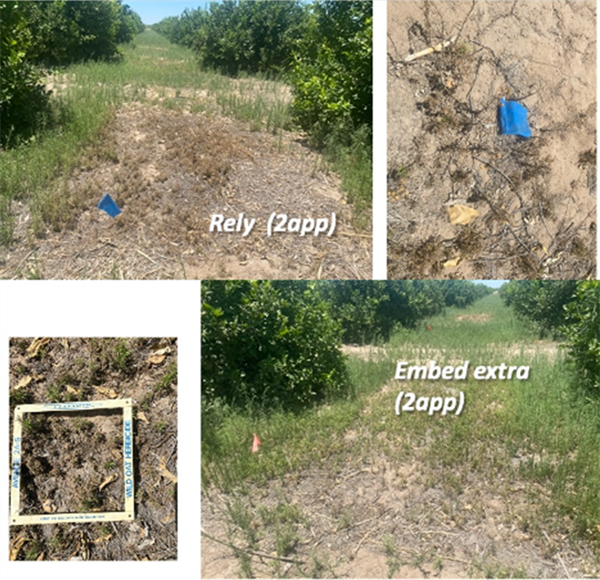Jun 15, 2022
Reclamation and the Lands of the West
John Wesley Powell, the Civil War veteran who lost most of his right arm at the Battle of Shiloh, led his first expedition down the Green and Colorado Rivers, including the Grand Canyon in 1869. This provided the first exploration of the Colorado River basin by Americans of European descent and it began the process of understanding the nature of western territories of the United States, including Arizona (Figure 1).
The degree of aridity of this region was very strongly impressed upon Powell and he spent much of his life working to educate law and policy makers of the conditions prevalent in the western U.S. He worked diligently with lawmakers, government experts, and citizens to communicate the fact that the development of the western territories, which the nation was rapidly embarking on after the Civil War, would be limited due to the lack of water. His comments to the Montana Constitutional Convention in 1889 “All the great values of this territory have ultimately to be measured to you in acre feet” is a good example of his basic message and it has proven to be quite prophetic in our experiences of living and working in the desert Southwest in the 20th and 21st centuries.
Powell became the second director of the U.S. Geological Survey (USGS) from 1881 to 1894. In this and similar capacities, he constantly advocated for policies for the development of the arid West that were consistent with the prevailing arid conditions. As the lands in the western U.S. were being developed, the need for land “reclamation” was recognized. It was 120 years ago this week, on 17 June 1902 that Theodore Roosevelt signed the Reclamation Act and the U.S. Reclamation Service (USRS) was formed within the USGS under the Secretary of the Interior Ethan Allen Hitchcock. The new USRS was given the responsibility of studying potential water development projects in each western state with federal lands. Revenue from the sale of federal lands was the initial source of the USRS funding.
Thus began the process of the USRS in the development of about 30 western water projects between 1902 to 1907. In 1907, the Secretary of the Interior separated the USRS from the USGS and created the Bureau of Reclamation (BoR) as a distinct entity within the Department of the Interior. The Boulder Canyon (Hoover Dam) project was authorized in Congress in 1928 and funded by general funds appropriated by Congress to the BoR, and from that the development of Lake Mead began. Lake Mead is the main storage reservoir for the lower basin of the Colorado River.
In the late 19th and early 20th centuries, efforts in the western U.S. to develop lands for agriculture encountered problems with lands and soils that were found to be unsuitable for irrigation, often due to salinity, sodicity, and drainage problems. The “reclamation” of these lands became an important part of the BoR objectives and operations. All this development was dependent on the availability of water and good land and water management capacities.
During the 20th century, the BoR was responsible for some tremendously large and ambitious projects, including Boulder Dam, Grand Coulee Dam, Glen Canyon Dam, and many others. Today, the BoR operates in 17 western states with water and electrical power projects with more than 600 dams, reservoirs, powerplants, and canals. The BoR is the largest wholesaler of water in the U.S. and supports irrigation water storage and conveyance throughout the west on farmlands that produce more than 60% of the nation’s vegetables and 25% of the fruit and nut production in the country. The BoR is the second largest producer of hydroelectric power in the U.S. with 53 powerplants. The western U.S. development and population is heavily dependent on the BoR water and power works.
In Arizona and the desert Southwest, the lands and people here today have a very close relationship to the BoR for water and electrical power. All the lands along the mainstem of the Colorado River and the Central Arizona Project (CAP) are intimately connected to the BoR. Our efforts to deal with the water shortages on the entire Colorado River system are some of the greatest challenges this region and the BoR have faced since the early days of development in the 19th century.
Thus, there are many participants in the process of dealing with the current water shortage on the Colorado River system, including the U.S. Department of the Interior, the BoR, and all the basin states. An accentuating feature of the current water shortage on the Colorado River is due to the fact that for the past 22 years, the average annual flow in the Colorado River has been ~ 12.4 million acre-feet (maf) while the Colorado River water is budgeted for a total of 16.5 maf of allocations between U.S. states and Mexico.
Essentially, all of us living in the desert Southwest are in this together; including agricultural, urban, and tribal entities. All parties involved must work together to resolve this disparity between the water that the river is providing and the greater amount that is desired and allocated. The issues and general situation that we are facing has an urgency that requires immediate attention. I remain hopeful that we can meet the challenges of our time as our predecessors did in the past.

To contact Jeff Silvertooth go to:
silver@ag.arizona.edu















